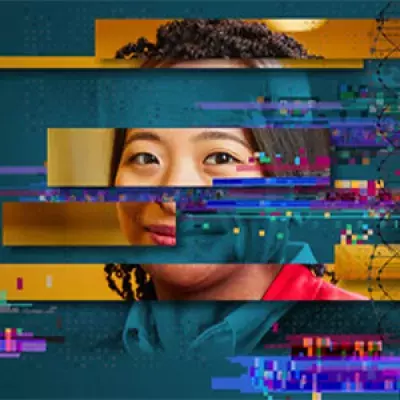Food Allergies

What Is It?
The National Science Teaching Association, with the sponsorship of the National Human Genome Research Institute, has created seven lesson plans exploring genetic and genomic concepts connecting the ban of certain foods in the cafeteria and classroom to food allergies. Lesson plan units offer an opportunity to investigate a question or problem related to this phenomenon. Ultimately, students may be able to connect the bans to food allergies, although they may not be able to explain why a person has food allergies.
How Does It Work?
The lesson plans are presented in a storyline format. A storyline start with an anchoring phenomenon that raises questions or introduces a problem. Each step in a storyline unit is then driven by students’ questions that arise from the phenomenon. In this case, the anchoring phenomenon is something familiar, yet still mysterious, to this generation of students: bans on certain foods in their cafeterias and classrooms. Students are able to consider what they do and don’t know about food allergies and what they want to find out. The students can then investigate the biological mechanism behind food allergies and intolerances. Also offered is the opportunity to engage in community-focused projects.
The Lesson Plans: Why Can’t We Have Food In the Classroom?
- Why Can’t We Have Food in the Classroom?
- How Can We Figure Out the Different Ways Food Allergies and Food Intolerances Affect Our Bodies?
- What Exactly Are Proteins, and How Are the Proteins We Make Different from Those We Eat?
- How Do Cells Know Which Amino Acids Go Together to Make Certain Proteins?
- What Happens in the Cells of Some People that Causes the Structure and Function of Certain Proteins to Change?
- How Can Genetic Variation Lead to a Milk Allergy?
- How Can We Share What We Have Learned About Food Allergies and Intolerances with Our Community?
Why Is It Important to Me?
While exploring the phenomenon of bans on certain foods in school cafeterias and classrooms, students will be able to extend their STEM skills by using science and engineering practices at the high school level. These lesson plans offer an opportunity for students to build science ideas as a community of learners.
Crosscutting Concepts: Structure and Function; Influence of Science, Engineering, and Technology on Society and the Natural World; Cause and Effect
Practices: Constructing Explanations and Designing Solutions, Asking Questions and Defining Problems
